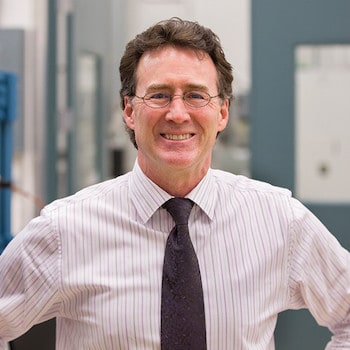
SPRL’s Patrick McNally discusses James Webb Space Telescope
The telescope might be “the most challenging thing we’ve ever put into space.”

The telescope might be “the most challenging thing we’ve ever put into space.”
Patrick McNally, Managing Director of the University of Michigan Space Physics Research Laboratory (SPRL) recently discussed the James Webb Space Telescope with Interesting Engineering.
The mission successfully launched on December 25, 2021.

‘After more than a decade of delays, the James Webb Space Telescope is finally ready to look deeper into the universe — and farther back in time — than any telescope ever has. All that’s left to do is to get Webb into space and safely into its orbit…a million miles away.
‘Unfortunately, that’s not a simple process. Patrick McNally, an aerospace engineer and managing director of the Space Physics Research Laboratory at the University of Michigan, told Interesting Engineering in an interview that Webb might be, “the most challenging thing we’ve ever put into space.” If not, it’s “right up there with the Space Station [and] the Hubble.”‘
Read the article: https://interestingengineering.com/james-webb-has-344-single-point-failures-here-are-the-5-most-critical-elements